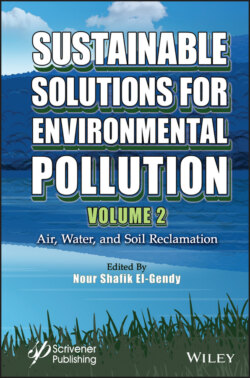Читать книгу Sustainable Solutions for Environmental Pollution, Volume 2 - Группа авторов - Страница 65
1.15 Social Acceptance
ОглавлениеFostering acceptance and practical setup of bioremediation technologies also demand to consider the surrounding society perception. If topics as climate change fight or green energy use are widely socially accepted, then others are touchier. We must consider how citizens trade-off between the perceived benefits and risks from nature-invasive technologies, as for genetic modifications. Some “touchy issues” could influence sociopsychological acceptance of some technologies as in situ electrobioremediation, with nanomaterial implementation.
More broadly, to reduce maintenance costs, involvement and empowering of citizens require knowledge transfer in order to favour the appropriation of setups and ensure sustainability (Clewell and Aronson, 2013). The new bioremediation NBSs located specifically in urban or periurban locations must be co-designed/developed and co-implemented in multi-stakeholder and participatory context. It is the only guarantee of the success of operation over time.
To do this, it is necessary to know well the socio-economic environment of the watershed and the people and institutions concerned (Barthélémy and Armani, 2015). The question is to determine what can be the obstacles to the development of innovative devices in the sector, but also the opportunities. First, it is important to understand the general context of the implementation of its devices. In addition, the view on ecological restoration is also a cultural perception that includes historical, or aesthetic dimensions, each person involved being able to defend one or more values inscribed in well-defined psycho-sociological patterns (Higgs, 1997; Choi, 2007). Finally, on each site, it is necessary that a charismatic person (e.g., president of trade union or association) is in a position to mobilize the living forces of the territory in order to energize the project and convince all stakeholders (Barthélémy and Armani, 2015).
